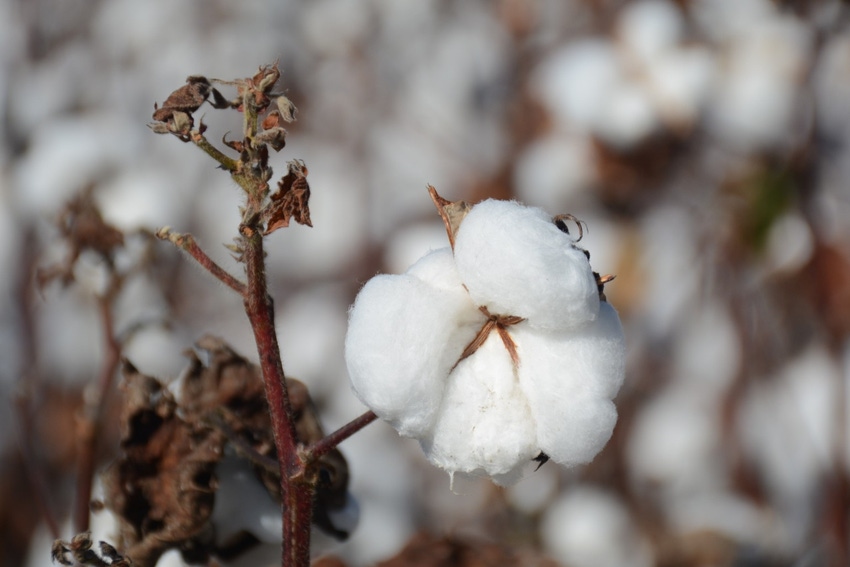September 9, 2019

Preliminary reports indicate damage ranging from severe to very little to North Carolina’s cotton crop from Hurricane Dorian, depending on location in the state, according to a post released Sept. 6 by North Carolina State University Extension cotton agronomist Dr. Guy Collins.
The most damage was “obviously in near-coastal counties and the Blacklands, but we will know more as time elapses,” Collins noted. In his posting, Collins offered information to help cotton farmers evaluate damage and manage the crop in the days and weeks to come.
To read Collins’ posting, click here.
“The winds from storm were most significant in the eastern-most areas and have likely defoliated a few older leaves that were already aging. Some remaining leaves may begin to turn reddish because of wind injury to the leaves,” Collins wrote in his posting.
“Some of these leaves may go ahead and defoliate themselves. Based on the experience with the hurricanes in the past, the 'self-defoliation' caused by wind damage is usually not adequate and defoliants will still need to be applied. In a couple days you should be able to evaluate the degree of natural defoliation that will occur by thumping leaves to determine if they have formed an abscission zone,” according to Collins.
Collins said the loss of the leaves may be a good thing in that it could allow for better airflow and sunlight penetration into the canopy, and therefore more rapid drying of both open and closed bolls. The loss of these leaves In these cases, the wind could serve as a 'preconditioner' to defoliation. Fields where leaves were defoliated by wind and remaining leaves are beginning to senesce may be easier to defoliate.
Collins urges farmers to be ready to address regrowth. Cotton that is blown over exposes many of the axial buds to direct sunlight that were previously shaded. Sunlight, along with high soil moisture, will promote rapid and significant regrowth.
As expected, there have already been a number of reports of tangled cotton that has fallen over
“As far as harvesting wind-damaged cotton, the main thing we will need to do is slow the picker down,” Collins advised. “If you are having trouble picking cleanly, slow the picker down and see if it improves picking, or reduces shattering of open bolls. Picking at speeds where rotation of spindles around the drum, matches ground speed can result in cleaner picking. Growers should also read manuals to make sure that lifters are properly adjusted.”
About the Author(s)
You May Also Like






